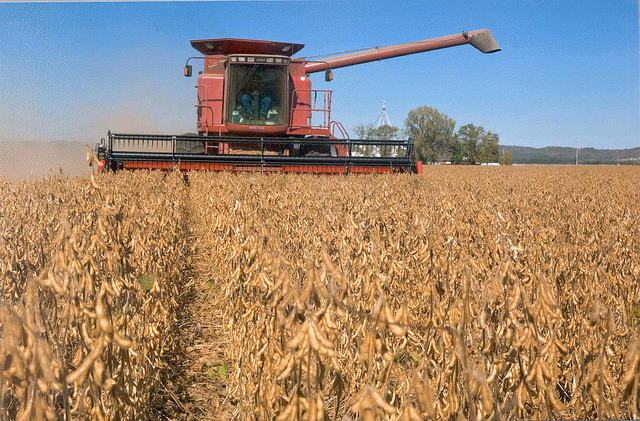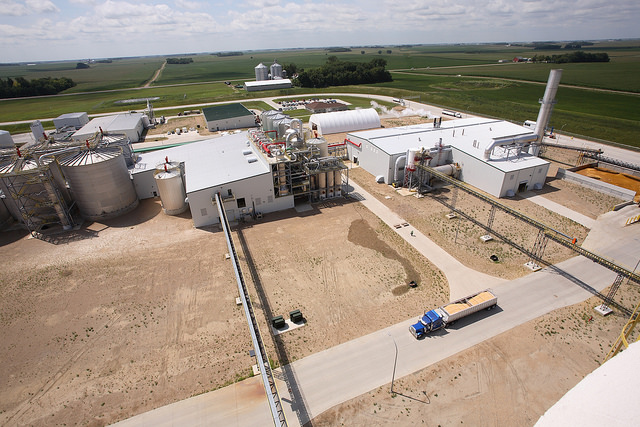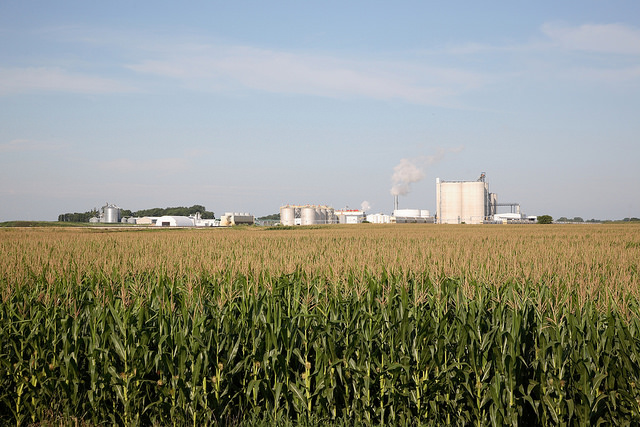Best State To Raise a Family
(WalletHub, 1st in 2020; 2nd in 2021)
8 Jun 2018
.jpg) Our region is especially known for its corn, soybean and pork production. The gross sale of Martin County pigs totaled over $242 million in 2016. The county ranks number one in Minnesota for pork production and sixth nationally.
Our region is especially known for its corn, soybean and pork production. The gross sale of Martin County pigs totaled over $242 million in 2016. The county ranks number one in Minnesota for pork production and sixth nationally.
 Field corn and soybeans have become the two dominant regional crops because both are used to feed pigs. Bill Crawford, who serves on the Fairmont Economic Development Authority board, calls it a “synergistic relationship.”
Field corn and soybeans have become the two dominant regional crops because both are used to feed pigs. Bill Crawford, who serves on the Fairmont Economic Development Authority board, calls it a “synergistic relationship.”
 Crawford consults for Preferred Capital Management. In this role, he advises private hog farms with many aspects of the business, from record keeping to environmental permitting and technological improvements.
Crawford consults for Preferred Capital Management. In this role, he advises private hog farms with many aspects of the business, from record keeping to environmental permitting and technological improvements.
 Easy access to Midwest markets and processors via I-90 helped the area’s ag industry proliferate, according to Crawford. With the success of livestock and crop production, related businesses have emerged, such as feed mills, trucking companies and livestock equipment dealers. The area is also known for its veterinary clinics.
Easy access to Midwest markets and processors via I-90 helped the area’s ag industry proliferate, according to Crawford. With the success of livestock and crop production, related businesses have emerged, such as feed mills, trucking companies and livestock equipment dealers. The area is also known for its veterinary clinics.
In addition to providing food for livestock, area corn and soybeans are turned into value-added products. Fairmont has attracted two ethanol plants and a soybean processing plant because of its strong agricultural base.
“An awful lot of synergy happens once an area is known for a particular industry, whether it’s cattle, pigs, dairy, poultry — or whatever it is,” explains Crawford. “Once a base is there, it starts growing more and people gravitate to these areas.”
Advances in technology have dramatically changed many aspects of raising crops and livestock, improving efficiency and yields as well as reducing dependence on chemicals. Area producers are increasingly harnessing technology to improve their outcomes.
High-tech barns have become the common, with climate controls, automated feeders and a way to easily captured manure for reuse on crops. This reduces the need for commercial fertilizers.
“The accuracy, efficiency and amount of technology in play today, versus where it used to be, is incredible. Everything is evolving rapidly,” says Crawford.
Crawford points out that some local companies such as Hen-Way Manufacturing and Kahler Automation are leading the way with their savvy agricultural inventions. He stresses that it’s critical for the ag industry to be flexible and adapt to the new possibilities enabled by technology and science.
“Ag was one of the industries that was latest to the table for innovation but now it’s really coming into play,” says Crawford. “Early adopters of technology will be able to capture its advantages.”



Best State To Raise a Family
(WalletHub, 1st in 2020; 2nd in 2021)
in Voter Participation
(U.S. Elections Project, 2020)
Best State for Women and for Working Moms and Dads
(Wallethub, 2020)
in Volunteering
(Corporation for National and Community Service)
in Child Well-Being
(Kids Count Report, 2021)
in Healthy People
(2021 Camelot Index)